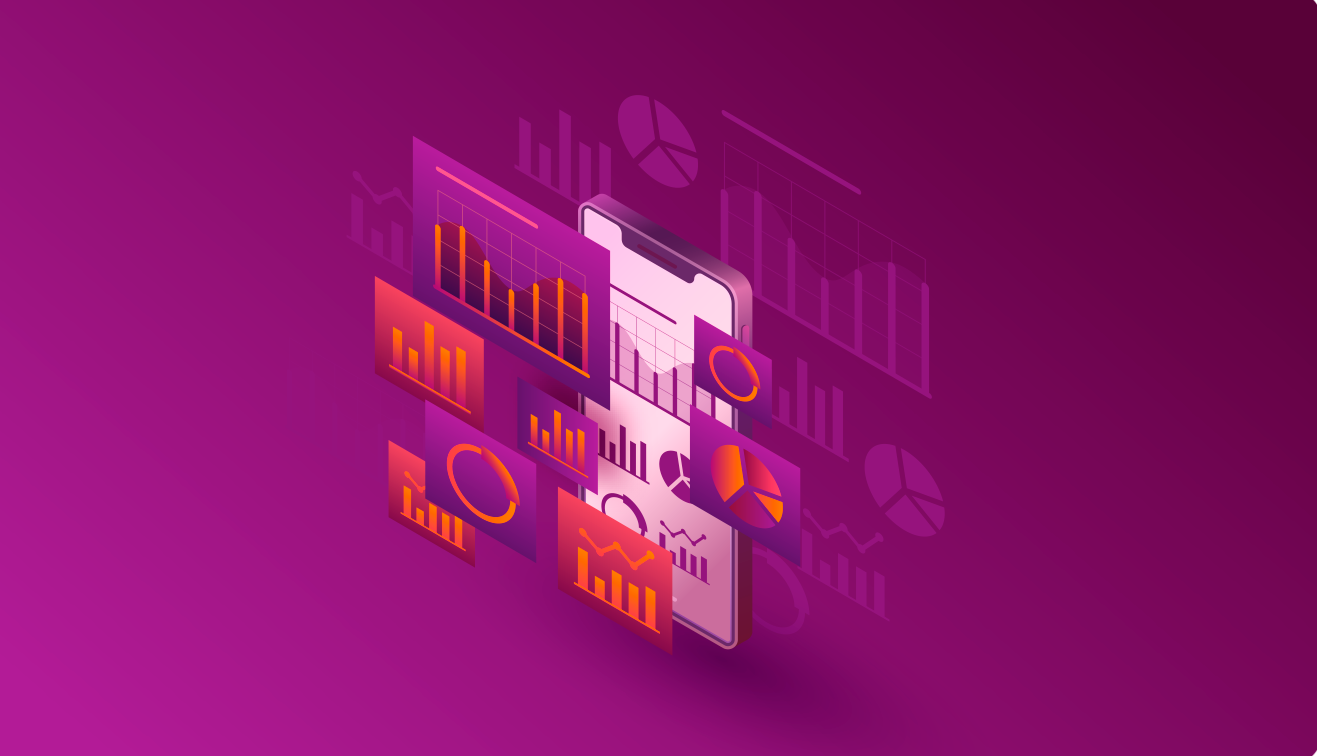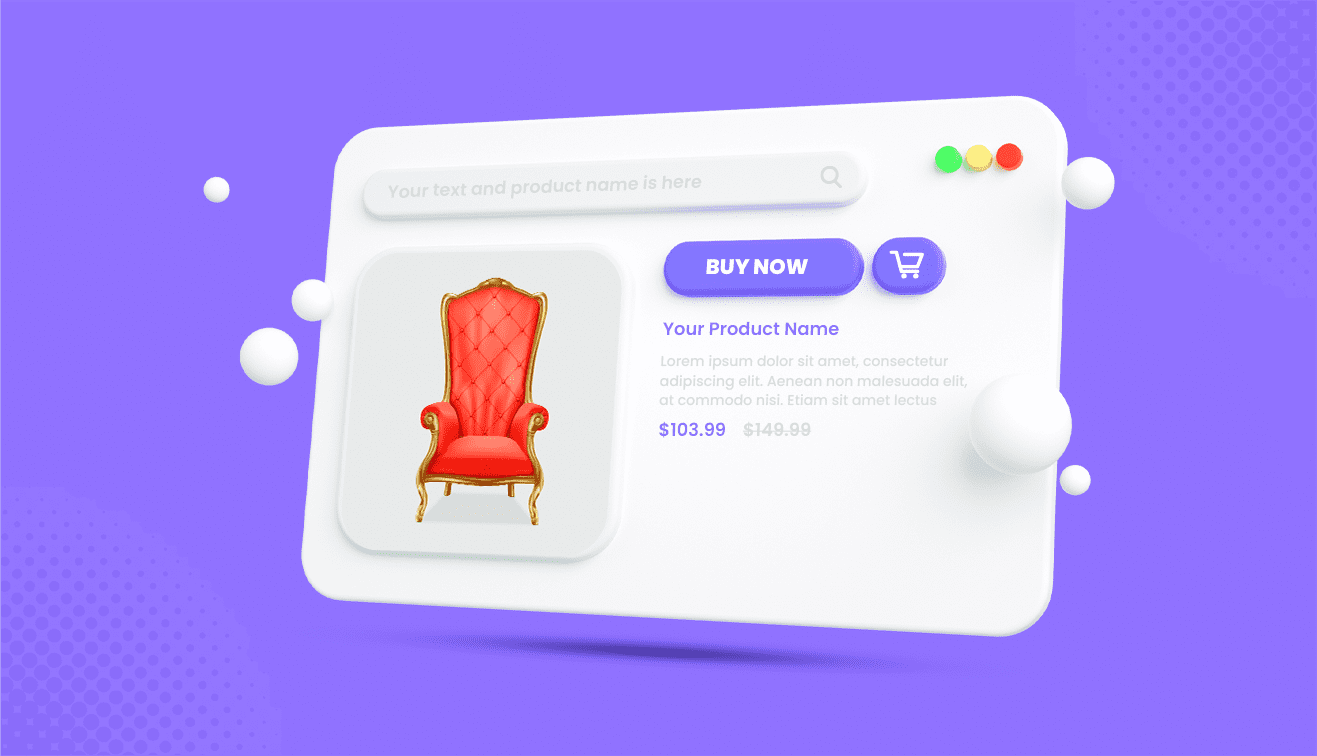What sets apart product information management (PIM) from master data management (MDM)? Both serve as data management strategies aiming to dismantle data silos and establish a centralized data repository to bolster business operations. However, they handle distinct types of data, resulting in differing functionalities and capabilities within their systems. This fundamental distinction delineates the boundaries between PIM and MDM, each possessing unique capabilities not replicated by the other. Given this differentiation, how do you discern which system suits your business needs best?
Below, we delve deeper into the definitions of PIM and MDM, highlight their individual strengths, and offer guidance on selecting the most suitable system for your business requirements.
What is a PIM?
PIM software serves as a versatile marketing asset by consolidating comprehensive product information into a centralized hub, facilitating its seamless dissemination across various channels. This solution extracts data from diverse sources, including enterprise resource planning (ERP) systems, while also allowing for direct addition of new information within the platform itself. Subsequently, this amalgamated data can be effortlessly distributed across digital and print channels, ensuring consistent and coherent messaging.
What does PIM do?
PIM software functions as a robust marketing asset by consolidating comprehensive product data into a centralized repository, facilitating its seamless utilization across diverse channels. This solution effortlessly aggregates information from various sources, including enterprise resource planning (ERP) systems, while also allowing for direct integration of new data within the platform itself. Subsequently, this amalgamated dataset can be seamlessly disseminated across digital and print channels, ensuring consistent and coherent messaging.
Benefits of PIM
PIM system has several benefits like:
- Better Sales & ROI
- Better SEO
- International Presence
- Multiple Language & Currency
- Brand Awareness
- Maintain brand identity across sales channels.
- Enhance Customer Experience
What is an MDM?
Master data management (MDM) is a software through which retailers can make strategic approach to data management aimed at amalgamating an organization's pivotal data domains into a centralized, authoritative repository. These pivotal data domains, known as master data, commonly encompass entities like customers, products, materials, employees, and vendors.
What does MDM do?
MDM software serves as a centralized hub for information management within an organization. It empowers data stewards to oversee crucial information across various domains. Unlike PIM, however, MDM tools extend their scope beyond product information, encompassing company-wide data such as employee details, customer profiles, vendor information, and more. These MDM solutions harmonize disparate systems by collecting, cleansing, transforming, consolidating, and disseminating data, ensuring coherence and consistency across the organization's entire data.
Benefits of MDM
MDM have several benefits such as:
- Simplifying the intricate nature of globalization and growth.
- Minimizing data disparities that could significantly disrupt business functions.
- Enabling seamless data edits in one location with automatic synchronization across all relevant areas.
- Enhancing data quality for thorough analysis.
- Ensuring uniform data integrity across diverse platforms and tools.
- Facilitating compliance adherence with regulatory requirements.
PIM vs. MDM: Key Differences
| Key Aspects | PIM |
MDM |
| Scope | Focuses on managing product-related data such as descriptions, attributes, images, and prices, to ensure consistency and accuracy across various sales channels. | Focuses on various types of master data beyond just product information, including customer data, supplier data, employee data, etc. |
| Data Types | Deals with product data, SKUs, variants, and different attributes. | Deals with master data, customer data, vendor data, etc. |
| Integration | Integrate with various e-commerce platforms, content management systems (CMS) | Integrate with wide range of systems like CRM, ERP, HRMS, etc. |
| Hierarchy Management | Manage Complex product hierarchies, such as categories, families, and product relationships. | Manage hierarchical relationships not only within product data but also across other master data domains, such as organizational hierarchies, customer hierarchies, etc. |
| Use Cases | Retail and e-commerce businesses. | Various industries and departments. |
| Domain Expertise | Require expertise in product management, merchandising, and content creation. | Require expertise in data management, governance, and integration across multiple domains. |
| Workflow Management | Define product lifecycle | Define organization data. |







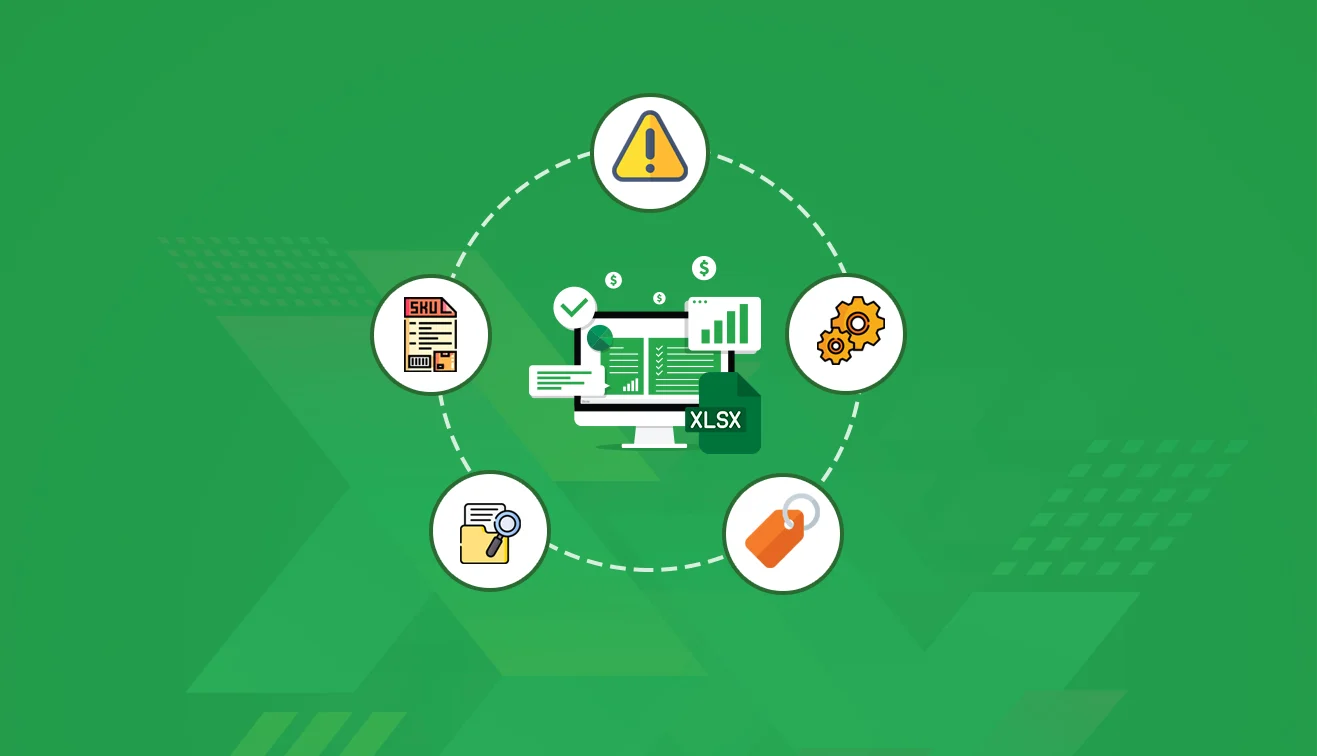
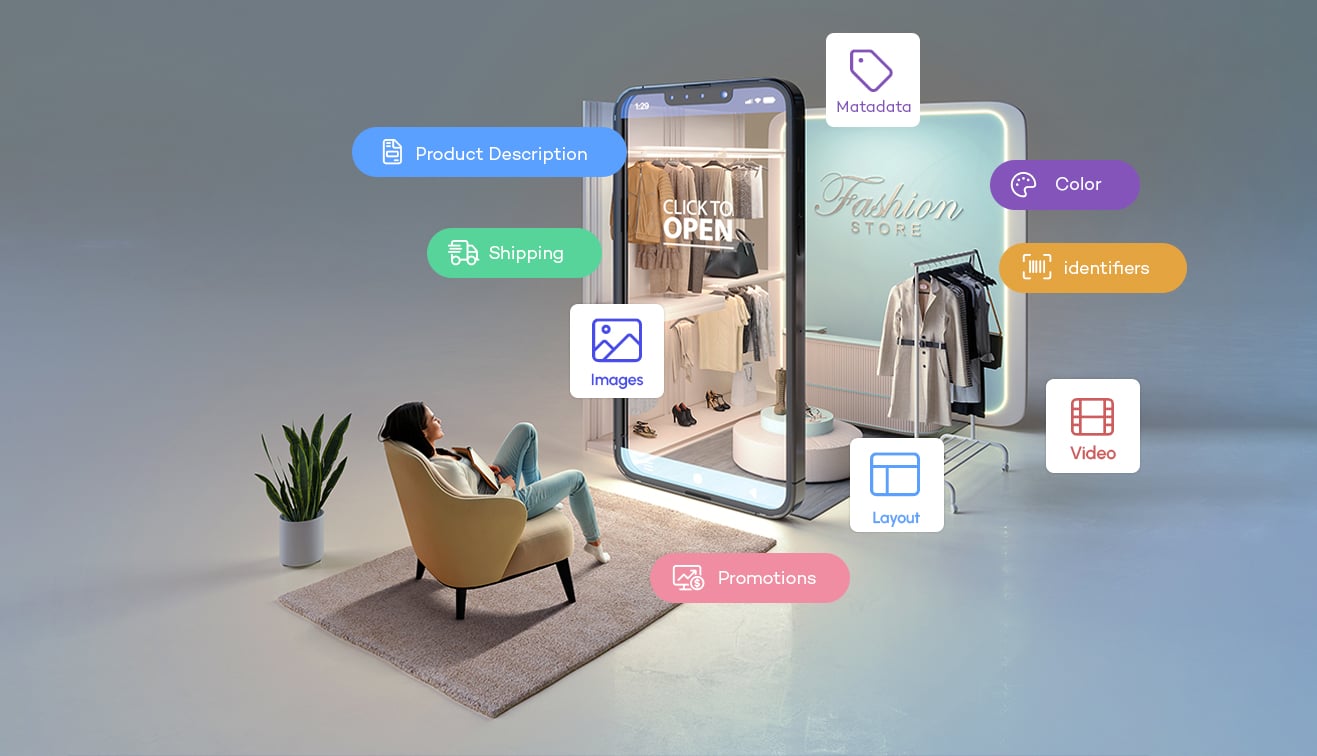

.jpg?w=3840&q=75)
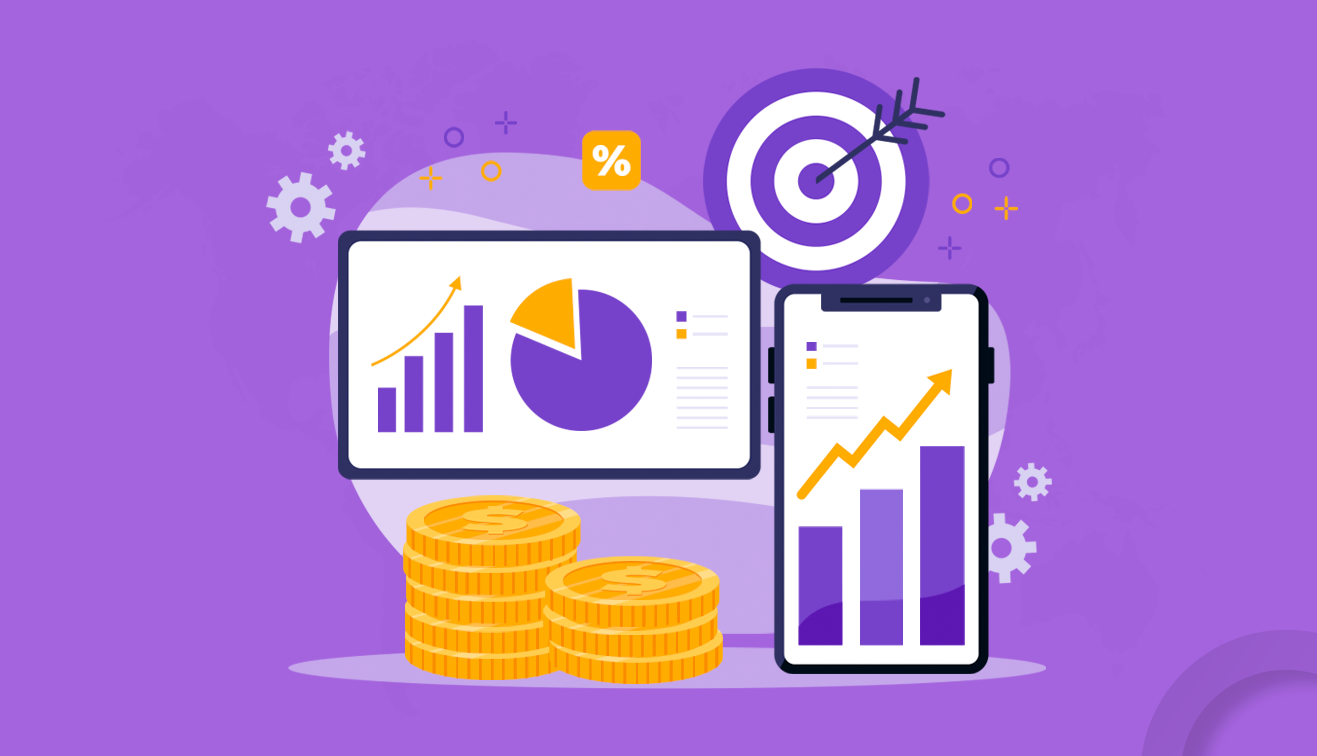


.png?w=3840&q=75)









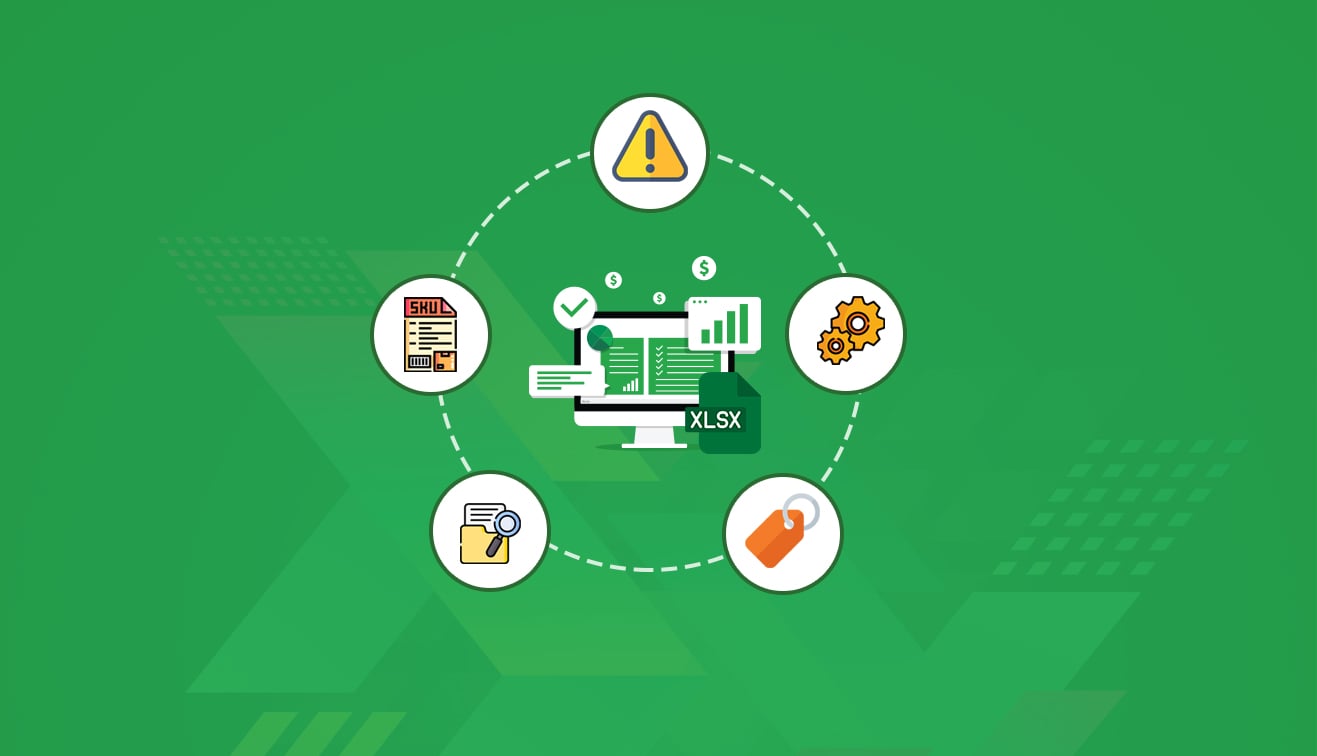


.jpg?w=3840&q=75)




.jpg?w=3840&q=75)


.png?w=3840&q=75)



.png?w=3840&q=75)

.jpg?w=3840&q=75)






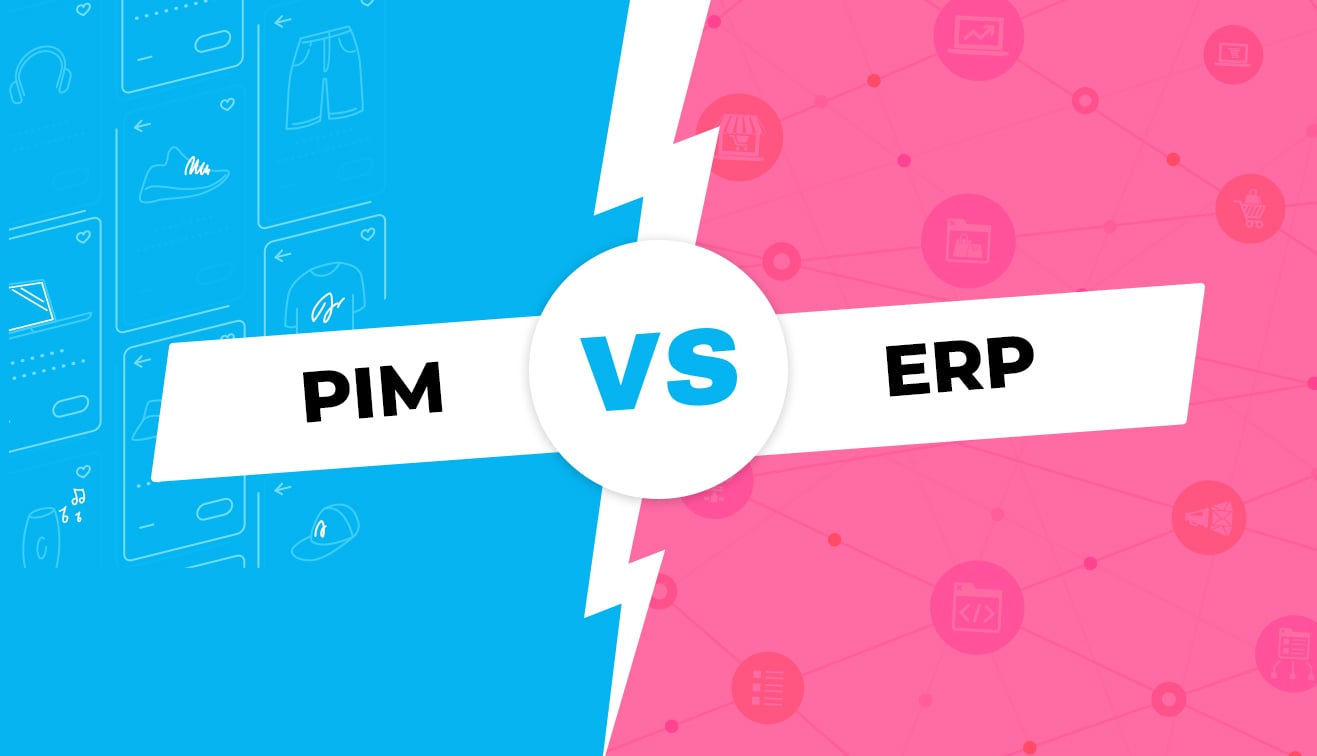


 copy.png?w=3840&q=75)
.png?w=3840&q=75)

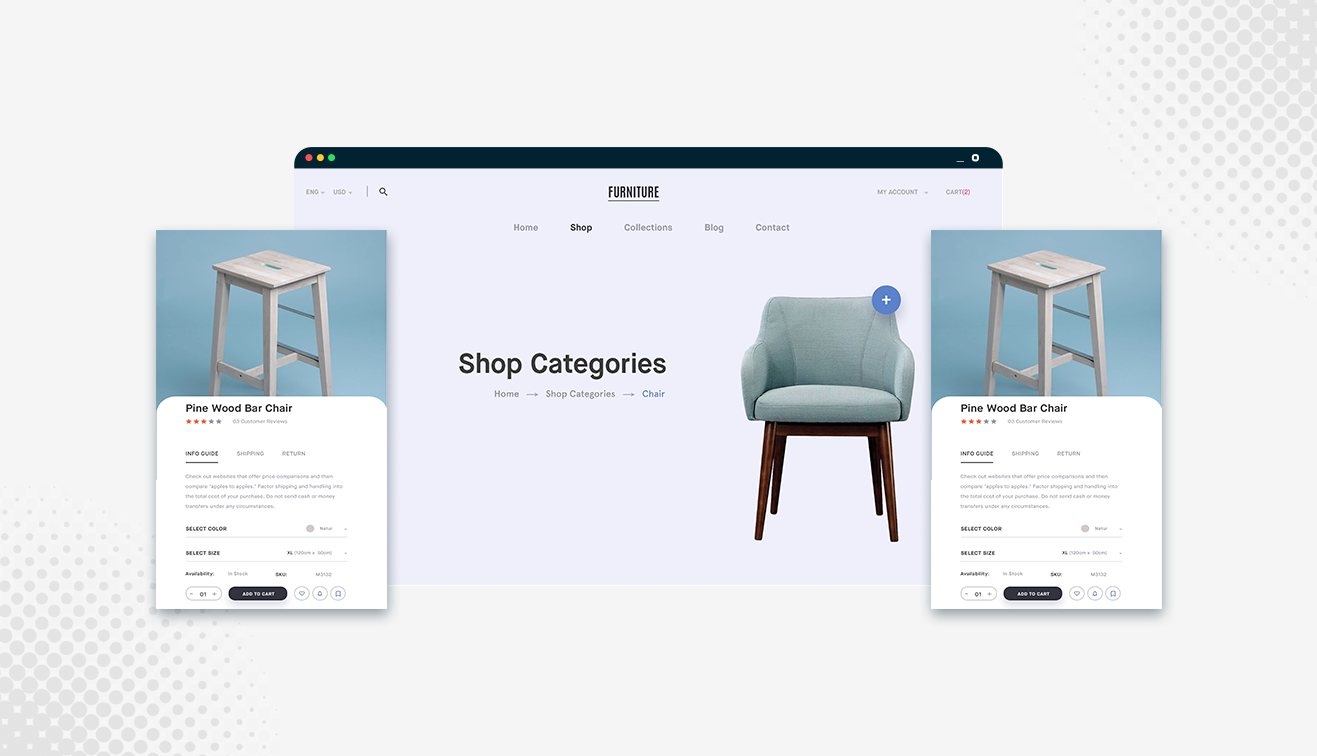



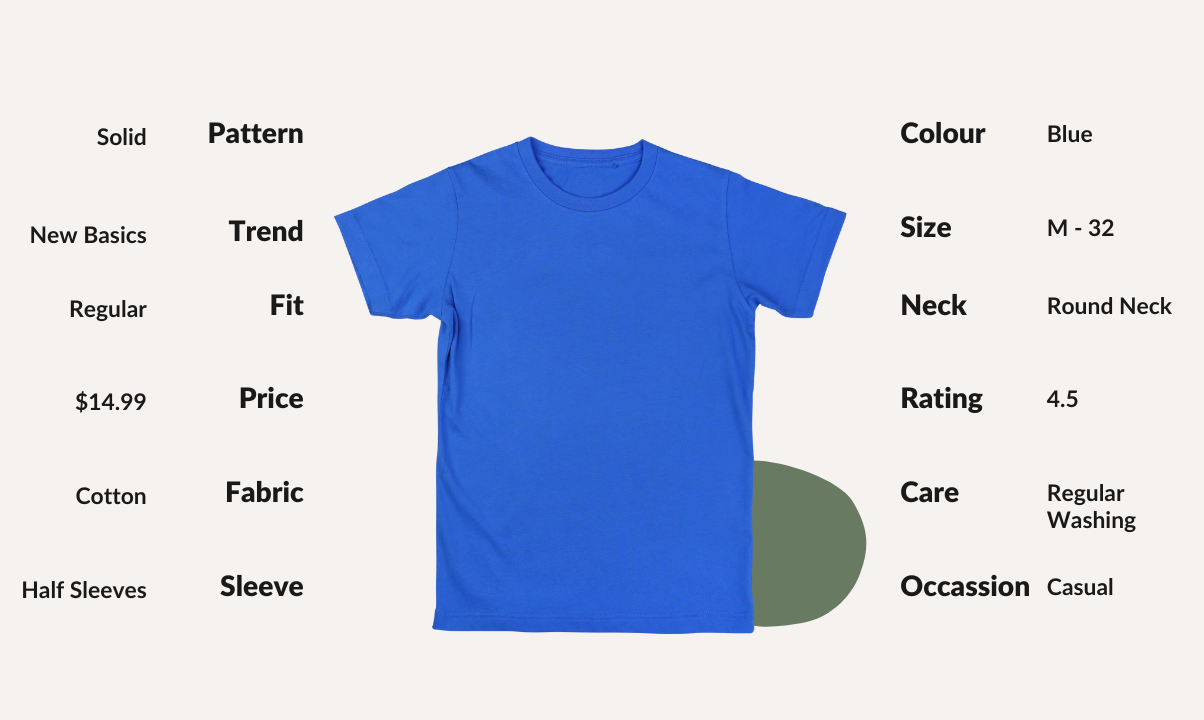
















_ Why do you need one.png?w=3840&q=75)




